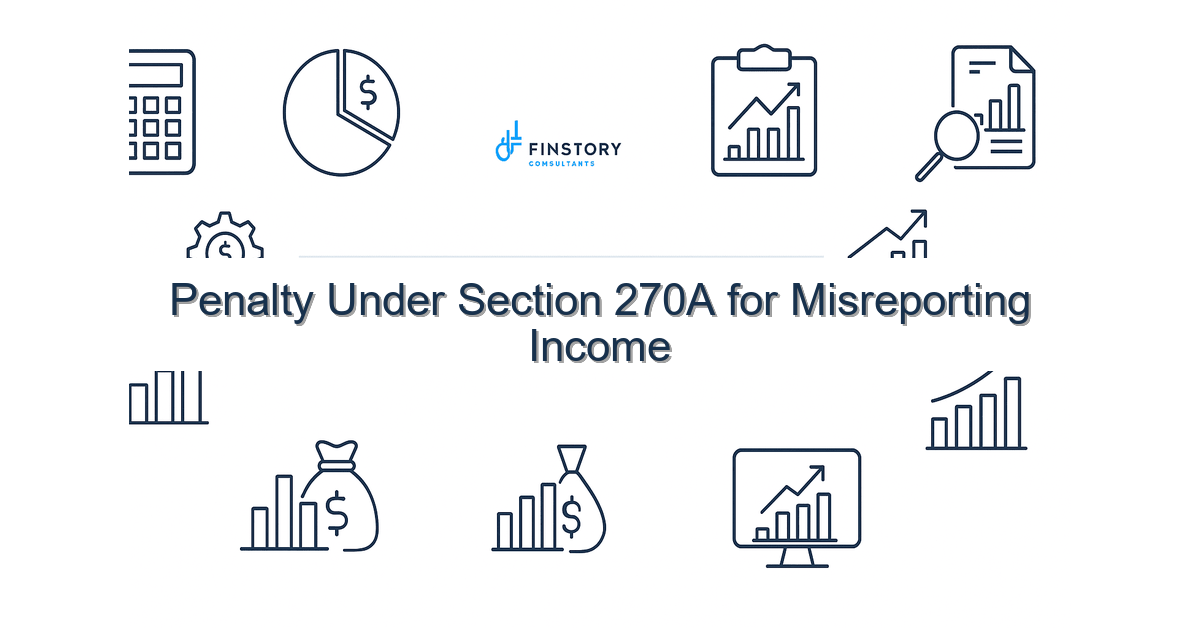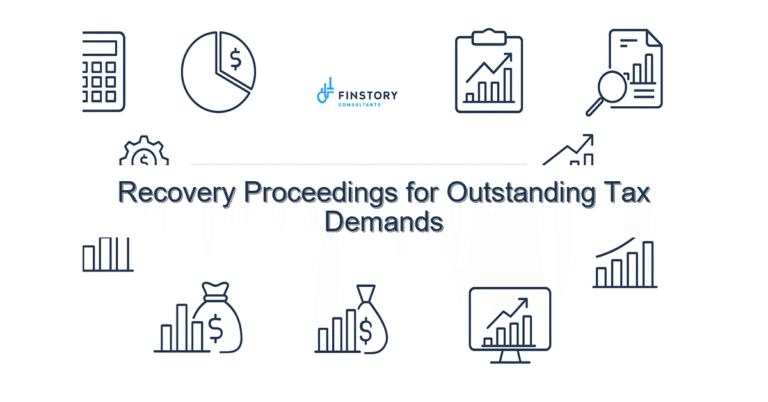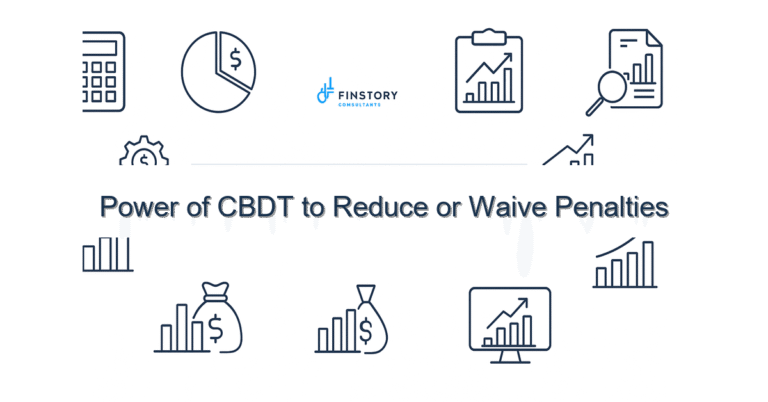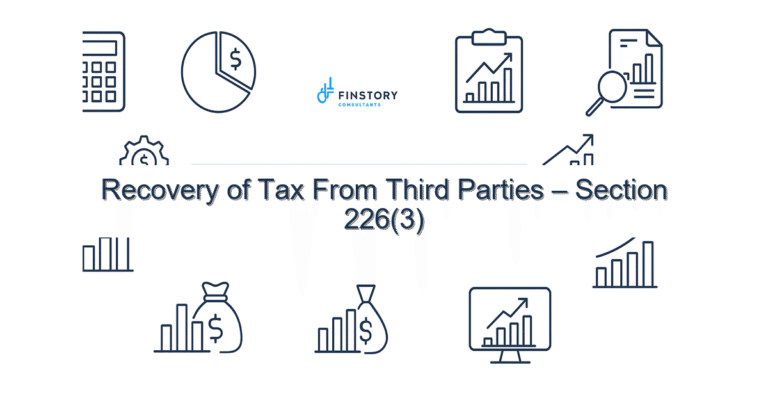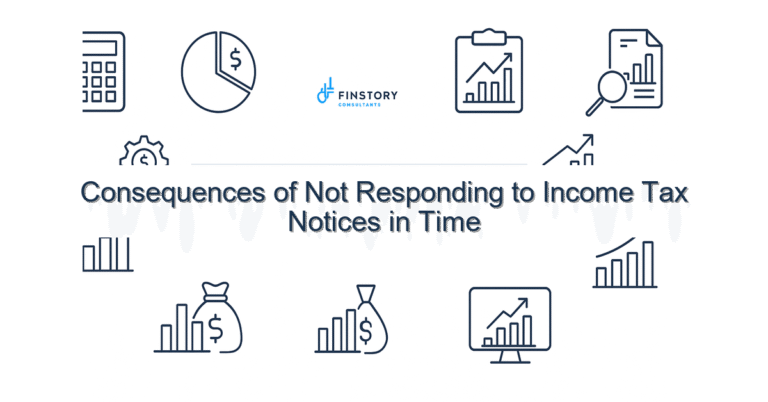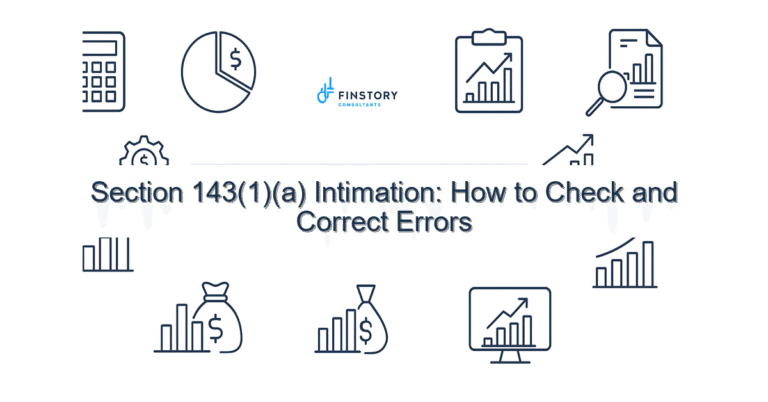Penalty Under Section 270A for Misreporting Income
If you’ve seen a notice from the Income Tax Department or are worried about a mismatch on AIS/26AS, it’s normal to feel anxious. Penalties under Section 270A can look scary — but most cases are manageable with the right steps and documentation.
Summary: Section 270A penalises under‑reporting and misreporting of income. Penalties range from 50% to 200% of the tax on the disputed income. Reconcile TDS/TCS, check AIS/26AS, review your ITR, and respond promptly — and get expert help if a notice arrives.
What’s the real problem in India?
Filings in India mix multiple sources (salaries, bank interest, capital gains, business income, ESOPs), and taxpayers must align figures across AY/PY records, AIS/26AS, Form 16/16A, and ITR schedules. CBDT timelines and periodic notifications change dates (for example, ITR filing last date extensions) and add confusion. A simple reconciliation gap or a late disclosure can lead to a notice that escalates into a Section 270A penalty.
- Missed TDS entries or mismatch between Form 26AS and ITR
- Unreported capital gains where capital gains indexation could apply
- Confusion over deductions (Section 80C limit, HRA, etc.) and choice between new vs old regime slabs
- Timing issues around AY vs PY and amended CBDT deadlines
What people get wrong
Many taxpayers assume a notice means fraud or intentional evasion. That’s not always true. Common mistakes include:
- Ignoring AIS/26AS reconciliation — believing Form 16 covers everything
- Failing to account for TDS/TCS credits shown in Form 26AS when filing ITR
- Not using capital gains indexation on long-term assets, or misclassifying short vs long-term gains
- Missing the ITR filing last date and then filing hurriedly without checking supporting documents
- Misunderstanding retrospective adjustments (e.g., employer’s correction in Form 16B) and not filing a revised return when needed
A better approach
Take a structured, low-stress path to prevent or respond to Section 270A issues:
- Reconcile: Match income and TDS across Form 16/16A, Form 26AS/AIS and your draft ITR.
- Document: Pull invoices, bank statements, sale deeds, brokerage statements and proofs for deductions (Section 80C limit receipts, rent receipts for HRA).
- Disclose & correct: If you discover an omission, consider a revised return where allowed, or prepare to explain/regularise the income with supporting records.
- Respond to notices timely: Never ignore a notice under Sections like 143(2) or a penalty proposal; missing CBDT timelines can close off remedies.
- Get expert review: If the department proposes a penalty under Section 270A, seek tax advisory before replying or consenting.
Real-world example: A Bengaluru-based freelancer missed reporting Rs 3 lakh of freelance receipts that had no TDS. The tax on that income was about Rs 45,000. Because of misreporting, the proposed penalty range was Rs 22,500 (50%) to Rs 90,000 (200%). By reconciling bank records, producing invoices and filing a corrected return before assessment, the freelancer reduced the proposed penalty and settled with interest only.
Quick implementation checklist
- Download your AIS/26AS and compare with Form 16/16A and bank statements right away.
- List all income heads: salary, business/professional, capital gains (remember capital gains indexation), other sources.
- Verify all TDS/TCS entries and flag any missing credits for follow-up with deductors.
- Confirm deductions claimed within the Section 80C limit and check proofs.
- If you missed income, evaluate whether to file a revised ITR (within applicable timelines).
- Prepare a short explanation file with source documents for each discrepancy (date-wise).
- If you receive a notice, note the deadline, and draft a factual reply or seek an adjournment.
- Keep records for at least 6 years from the relevant AY, as notices can be raised in subsequent assessments.
- Consider a pre-filing review with a tax adviser before the ITR filing last date to avoid common traps.
What success looks like
When you follow the right process, measurable outcomes include:
- Lower penalty exposure — from potential 200% down to nil or just interest in many cases
- Fewer notices — proactive reconciliation reduces mismatch-driven notices by a large margin
- Faster ITR processing and refunds — accurate TDS/TCS matching speeds up processing
- Clear evidence trail — stronger position in appeals if needed
- Improved cashflow — avoiding surprise penalties preserves working capital for MSMEs and founders
Risks & how to manage them
Risk: Penalty under Section 270A can be substantial (50%–200% of tax on disputed income). Management:
- Respond quickly — silence worsens outcomes.
- Use documented proofs to show reasonable cause — genuine errors with supporting evidence often get relief.
- Consider settlement options where available and professional representation for appeals if you disagree with assessment.
- Regularly monitor TDS/TCS credits and ensure employers/clients issue correct certificates.
Tools & data
Use these India-specific tools and data sources to reduce risk:
- AIS/26AS (Consolidated TDS/TCS & tax credit statement) — the first document to reconcile.
- Income Tax e‑filing portal — for filing original, revised returns and responding to notices.
- TDS/TCS tracking tools (many accounting packages and bank statements provide auto-reconciliation).
- Capital gains calculators that apply indexation for LTCG and match sale/purchase dates accurately.
- Keep an eye on CBDT circulars and the ITR filing last date for extensions, and plan between new vs old regime slabs annually.
FAQs
Q: What exactly is Section 270A?
A: Section 270A allows the tax officer to levy a penalty on taxpayers for under‑reporting (penalty = 50% of tax on under‑reported income) and misreporting (penalty up to 200% of tax on misreported income).
Q: Can I reduce the penalty if the mistake was unintentional?
A: Yes. Demonstrating reasonable cause, filing a revised return where allowed, cooperating with the AO and providing supporting documents can lead to reduced penalties or relief in many cases.
Q: Does mismatch in AIS/26AS always lead to Section 270A?
A: No. Many mismatches stem from timing or reporting differences and are settled by reconciling TDS/TCS credits. Persistent or unaddressed mismatches that indicate omitted income are what trigger penalty proceedings.
Q: If I get a notice, should I reply myself or consult a tax advisor?
A: For simple mismatches you can respond with documents. For notices proposing penalties under Section 270A, consult a tax professional — early expert input can save substantial amounts and protect appeal rights.
Next steps
If you’re unsure about a notice, mismatch or a possible omission: don’t wait. Start by downloading your AIS/26AS and comparing it with your ITR. If anything looks off, prepare documents and get professional help.
Check our resources:
Work with Finstory. Speak with an Expert for a personalised plan to reduce your tax outgo and stay compliant. Book a free 20-min consultation.
📞 Need help with Income Tax in India?
Book a 20-min consultation with our tax team. Individuals, founders & MSMEs welcome.
Prefer email or phone? Write to info@finstory.net
or call +91 44-45811170.
